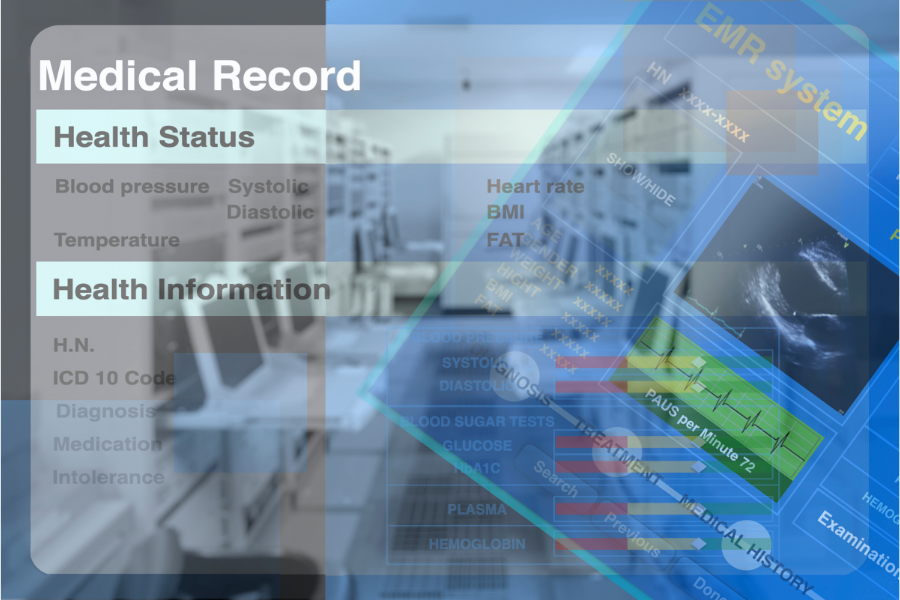Interoperability refers to the ability of computer systems to exchange information with one another. A wide variety of industries take advantage of interoperability to allow businesses to share information with each other. These industries include software development, government, and data management.
Healthcare is another industry that relies on interoperability. With interoperable electronic medical software, hospitals and clinics can freely share information. As a result, they can provide continuous care to patients even when they move to a different healthcare facility for treatment.
However, while interoperability is a great advantage in the industry, a 2018 study by Deloitte Insights shows that 62% of physicians say that interoperability needs to be improved. But how can this be accomplished? In this article, physical therapists, physicians, and healthcare facilities can learn how to improve EHR interoperability.
1. Use Cloud-Based EHRs
The use of cloud-based EHRs is one of the ways in which EHR interoperability can be improved. Cloud-based EHRs are the fastest-growing method of EHR deployment in recent years. In fact, according to Grand View Research, cloud-based EHRs are expected to have an annual compound growth rate of 4.1% starting from 2023 to 2030.
This rapid growth is because cloud-based EHRs are easily integrated into systems. This makes it easy for medical practices to implement and recommend to their patients. It also provides easy access to data sources that need it, such as clinics and pharmacy systems. Through this, all systems remain interoperable, improving the quality of care that a patient can receive.
Finally, cloud-based EHRs allow users to store their data on multiple servers in different locations. This will enable them to access the data of their electronic medical records no matter where they are – ensuring them the continuous care they need even outside their usual healthcare facility.
2. Take Advantage of Open APIs
Another way the healthcare industry can improve interoperability is by taking advantage of open Application Programming Interfaces (APIs). Disparate medical records software is a common problem in the healthcare industry. As a result, in-house analytics and data sharing among healthcare facilities can be difficult.
With standardized open APIs, solving this dilemma is possible. By implementing open APIs, communication and data sharing among healthcare facilities can be made easier. On top of that, such tools can also provide patients with secure access to their medical records via mobile phones and other devices. Such improvements allow interoperability to be more widespread among the public while making communication within the industry smoother.
3. Prioritize Data Security
Cybersecurity threats and attacks on an EMR software system are among the main problems in the healthcare industry. After all, cybersecurity hacks can compromise a patient's healthcare data. As such, putting data security first is one of the essential steps the industry must take to improve EHR interoperability.
To improve interoperability in healthcare through data security, healthcare stakeholders must figure out a way to align health systems and plans. Doing so will make most patients more willing to participate when exchanging healthcare information. This ensures that a patient's records will remain up-to-date, allowing healthcare providers to provide continuous treatment.
Another method of improving data security to improve interoperability is through the use of blockchains for Network Provider Identification (NPID). Through decentralized digital ledgers such as blockchains, an electronic medical software tool can become resistant to data tampering from hackers. In addition, since blockchains are a secure network, they also let patients share their medical records with their doctors safely and securely.
4. Work closely with EHR Vendors
Improving EHR interoperability is a group effort. After all, as it's such a vast network, a single company or organization cannot fix its problems and flaws on its own. As such, when trying to improve EHR interoperability, it's vital that healthcare organizations and EHR vendors have a transparent collaboration with one another.
By collaborating with each other, healthcare organizations and EHR vendors can develop a more effective method of integrating patient data into electronic health records. In doing so, healthcare providers can avoid confusion and delays in the treatment. As a result, the quality of patient care can be continuous. This can put the patient on the road to recovery much faster.
5. Train Your Staff
When asking how to improve EHR interoperability, a straightforward solution that healthcare providers can consider is continuous training. Improving EHR interoperability means that EHR systems are constantly upgraded and implemented. These new upgrades can be unfamiliar to your staff, who are used to the previous systems.
With constant training, a healthcare facility's staff is constantly updated on their clinic's EHR improvements. By doing so, they can also be effective in keeping patient information as updated as possible. This ensures that the patient receives consistent care throughout their treatment, even if they require the services of a new doctor or healthcare facility.
Medical documentation is an essential step in the physical therapy process. However, it's also a task that consumes a lot of time, preventing PTs from focusing more on their patients. If you'd like to focus more on treating your patients, consider making the task easier with ScribePT.
ScribePT is a revolutionary tool aimed at helping physical therapists with patient documentation. It features a next-generation AI that enables you to generate a personalized draft note. It also allows PTs to transfer all their notes into their clinic's EHR software with just one click. If you'd like to learn more about ScribePT and its features, feel free to contact us today. You can also its documentation capabilities by signing up for a 30-day free trial!

